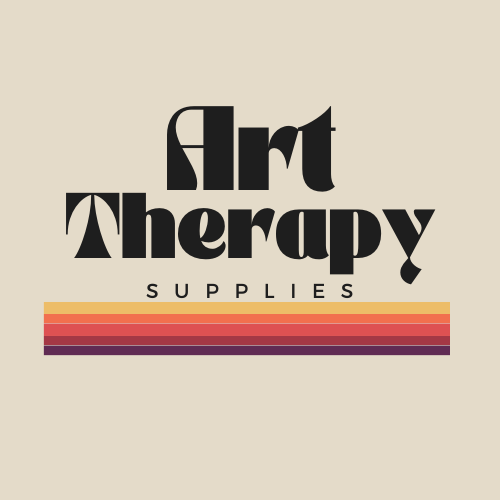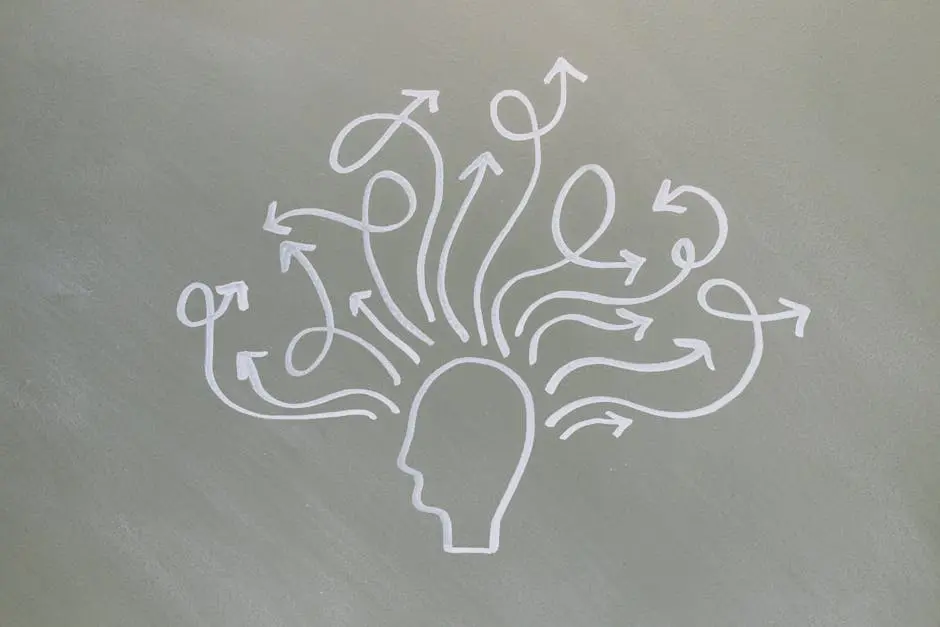Art has always been a powerful form of expression, but when it comes to mental health, it holds even greater significance. In therapy, art can be a gateway to understanding complex emotions, breaking down barriers, and fostering genuine connections. Let’s explore the essential role of mental health art in therapeutic practices.
Understanding the Connection Between Art and Mental Health
Explore how artistic expression impacts mental well-being.
Art allows individuals to communicate emotions that might otherwise remain unexpressed, serving as a vital form of non-verbal communication that transcends language barriers. This direct engagement with personal feelings creates a safe space for exploration, making the connection between art and mental health essential and potent.
Research indicates that engaging in creative activities, such as painting, drawing, or sculpting, can result in reduced levels of anxiety and depression. When individuals participate in mental health art, they can channel their experiences into a tangible form, leading to clarity and insight regarding their emotional landscapes.
Through the act of creation, individuals often find a way to externalize their struggles—this cathartic experience can be a crucial first step in the healing process. Rather than bottling up emotions, they are encouraged to express them, thus promoting mental well-being and resilience.
How Art Facilitates Emotional Expression
Discover ways art helps individuals articulate feelings they might struggle to express verbally.
Art functions as a bridge for emotional communication. For many, translating feelings onto paper or canvas feels far less daunting than verbalizing them. This can be especially true for those overwhelmed by their emotions or intimidated by the prospect of judgment when sharing their inner thoughts.
Through colors, shapes, and other forms, personal narratives unfold in a visual language that communicates nuances of mental health experiences. Such unique expressions can illuminate aspects of one’s journey, revealing insights and facilitating understanding that may have otherwise eluded the individual.
Moreover, art encourages an exploration of complex feelings like grief, anger, or joy. A simple stroke of a brush or mark on a canvas can evoke deep memories and emotions that would typically be hard to articulate, making art a powerful tool for emotional release and exploration.
The Role of Art in Building Trust in Therapy
Learn how creative activities can strengthen the therapeutic relationship.
Establishing trust within a therapeutic setting is paramount, and art plays a key role in this process. By engaging in creative activities, therapists and clients share experiences that foster connection and mutual understanding.
When clients create art, therapists gain deeper insights into their thoughts and emotions. This enhanced understanding strengthens professional empathy, facilitating a robust bond of trust between client and therapist.
Establishing a comfortable space for open dialogue about artwork paves the way for discussing sensitive topics. The act of creating art can effectively dismantle barriers, making clients feel more at ease sharing their personal stories and vulnerabilities.
Art as a Tool for Self-Discovery
Understand how art can guide individuals on their journey of self-exploration and insight.
Art possesses a unique ability to guide individuals along a path of self-discovery. The creative process can unveil hidden feelings, beliefs, and desires that are integral to a person's identity.
As clients engage with their artwork, they may experience moments of profound clarity about themselves. Each piece they create can serve as a reflection of their inner world, providing valuable insights that facilitate personal growth and understanding.
The therapeutic journey often requires confronting both past experiences and present realities. By participating in mental health art, individuals can craft a narrative that fosters self-exploration, empowerment, and increased awareness of their emotional states.
Case Studies: Success Stories of Art in Therapy
Look at real-life examples of how mental health art has made a difference in therapeutic settings.
A multitude of individuals have shared transformative experiences using art as a vehicle for healing in therapy. For example, Sarah, who had long struggled with anxiety, found that through art therapy, she could visually represent her fears, allowing her to confront them in a manageable and less overwhelming manner.
Similarly, Tom, who dealt with challenges related to depression, discovered solace in painting. Each session allowed him to transform dark feelings into beautiful landscapes, an outlet that not only expressed his emotions but also served as a profound reminder of hope and beauty in life.
These success stories highlight the effectiveness of mental health art as a compelling therapeutic tool, showcasing its capacity to create lasting change and promote deeper understanding of oneself. It transcends mere creativity—fostering healing, transformation, and renewed self-awareness.
Recap of Mental Health Art’s Importance
Incorporating art into therapy not only enhances the healing process but also provides a unique avenue for expression and connection. As we've discussed, mental health art facilitates communication, self-discovery, and empowerment in therapeutic contexts, proving itself to be an invaluable element of holistic mental health support.


